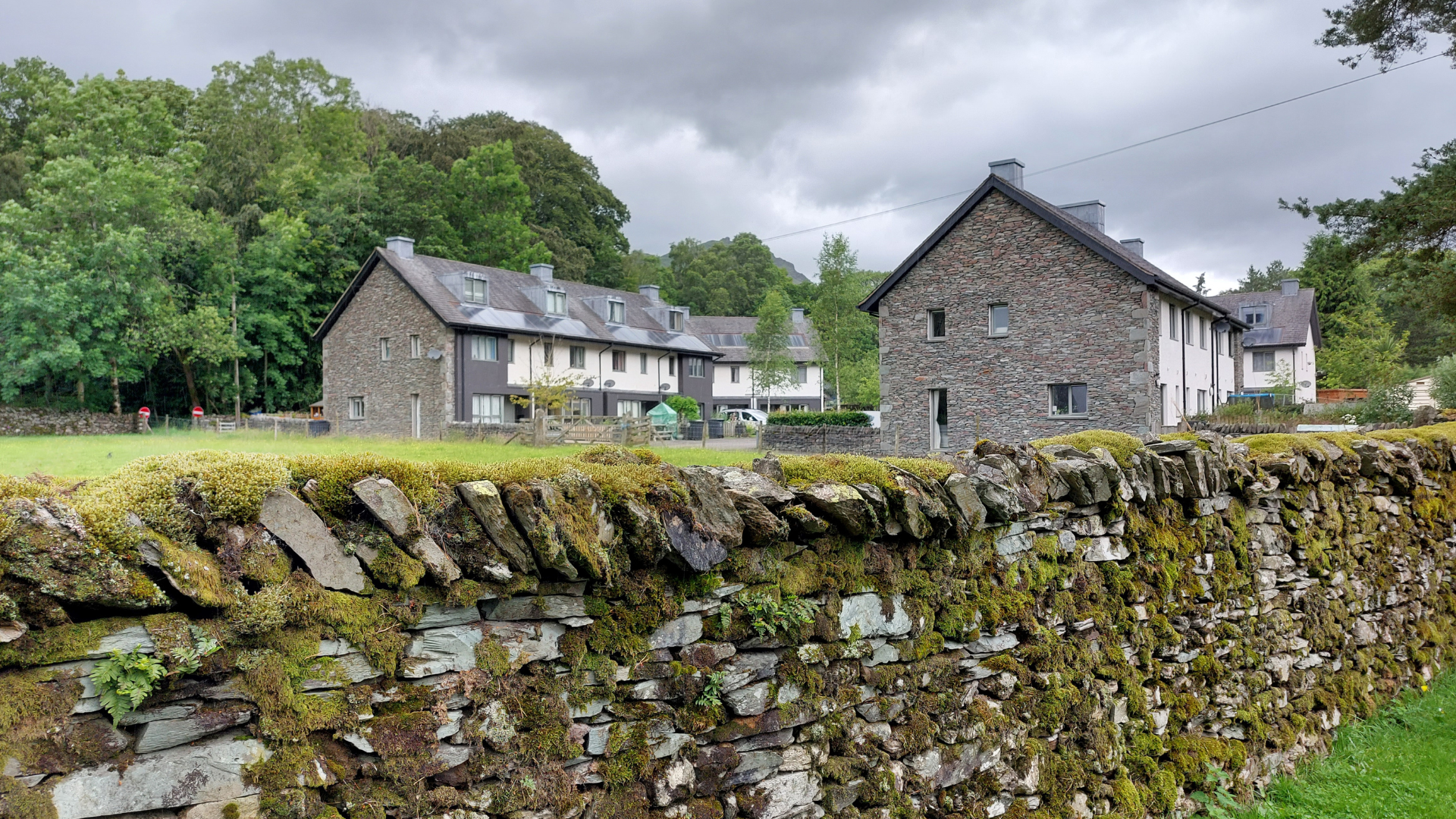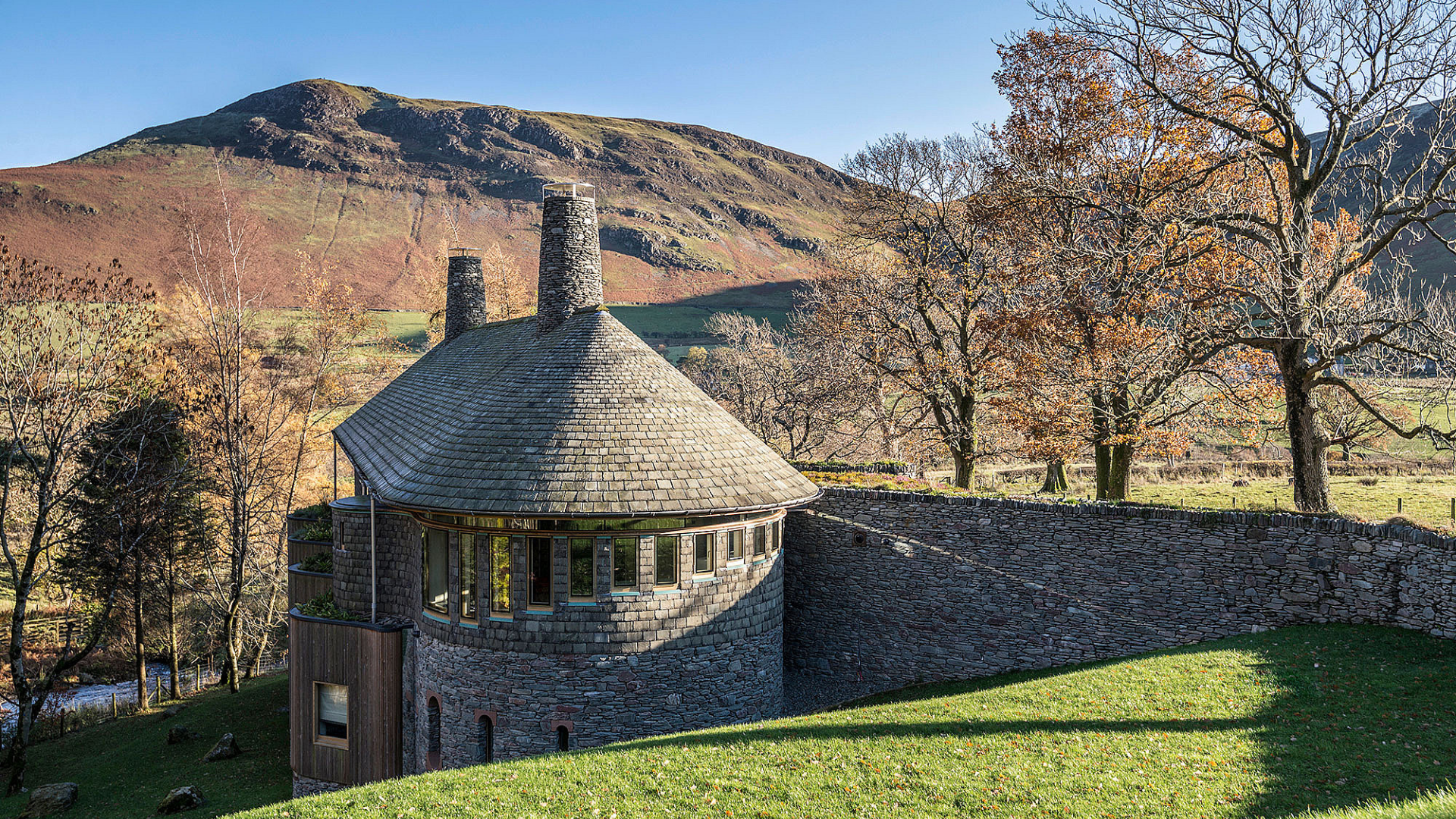
The Lake District National Park Authority (LDNPA) has become the first local authority to adopt a Design Code. It's a helpful tool for planning applicants and the Authority as it clearly sets out what should be considered in development design, big or small.
Available as an online toolkit, for development projects of any size, the Authority hopes the code will result in well designed and sustainable buildings. As well as buildings that are carbon neutral, accessible for people, connected to paths and public transport, and which promote biodiversity.
The code encourages new developments to take inspiration from the surrounding landscape and contribute to the distinctive character of the Lake District as Chloe Swift, the LDNPA’s Strategy Planner, explains:
“This code will make it easier to understand the components of well-designed buildings and places, drawing on lots of good examples. Like a new house in the Newlands valley near Keswick, that combines traditional and contemporary design and materials and is almost entirely off grid. In Gosforth three new build houses have been designed as a traditional terrace, and all are energy efficient. And a development in Grasmere shows how a drystone boundary wall is great for wildlife,” adds Chloe.
An interactive web page, on the LDPNA’s website, guides people through the Design Code. The LDNPA is also inviting people to join two free online training sessions on 10 October and 6 November. It’s a chance to find out how to use the Design Code and the checklists, and to ask questions.
Sign up:
10 October:https://lakedistrict.nationalparksevents.co.uk/event/363?date=2023-10-10&dateID=1305
6 November: https://lakedistrict.nationalparksevents.co.uk/event/364?date=2023-11-06&dateID=1304
Tiffany Hunt, Chair of the Lake District National Park Authority said:
“We are very proud to be the first local authority to adopt a Design Code as a Supplementary Planning Document. I would like thank all the residents, organisations, and businesses who took part in its development. The design of buildings has a big impact on our lives. This code puts people at the heart of design decisions. Through good design we can reduce carbon emissions and create buildings that are more resilient and connected to their environment. The code is intended for everyone, and for projects regardless of size, typology, or aspiration.”
In May 2022, the LDNPA were selected to be pathfinders on the Government’s Department for Levelling Up, Housing and Communities’ Design Code Pathfinder Programme. The Code has been shaped by a steering group, responding to community and stakeholder input over a six week consultation period (3 April to 15 May 2023).
The LDNPA will use the Design Code for applications submitted to them from the day it was adopted, Wednesday 20 September 2023.
Find out more about the Design Code here: https://www.lakedistrict.gov.uk/planning/planningpolicies/design-code

Photo shows: Rigg Beck in Newlands Valley built into the hillside reminiscent of a traditional bank barn, a common feature of the Lake District landscape. This development also includes an oversailing roof with projecting eaves to prevent light spill from the building, impressive chimneys, and renewable energy features to allow the house to function almost entirely off-grid. Image credit: Knox Bhavan Architects.
Photo below shows: Grasmere drystone wall around the boundary which provides additional, varied microclimates and shelter for invertebrates, reptiles, and small mammals. Drystone walls can even be used as nesting sites for birds. (Image credit: Land Use Consultants)
